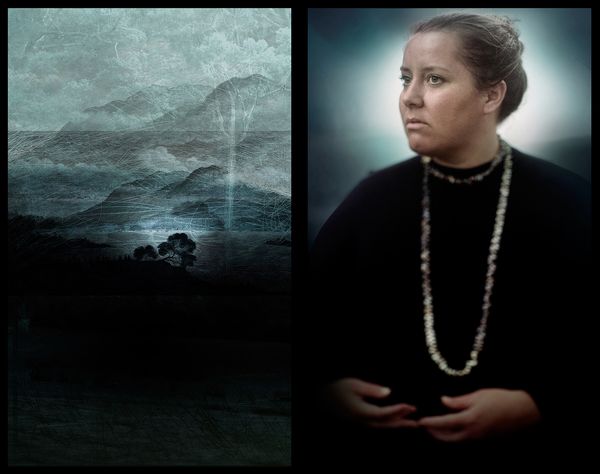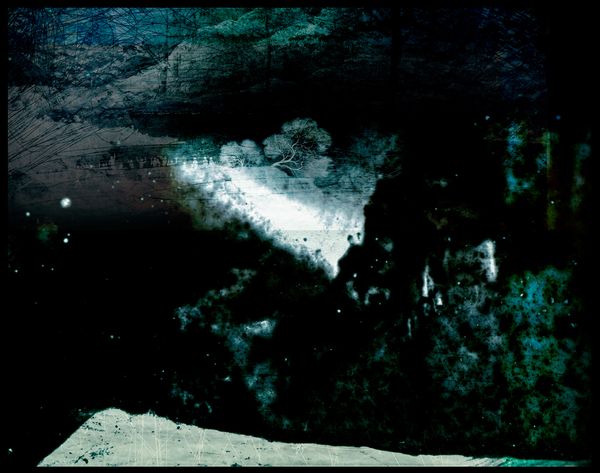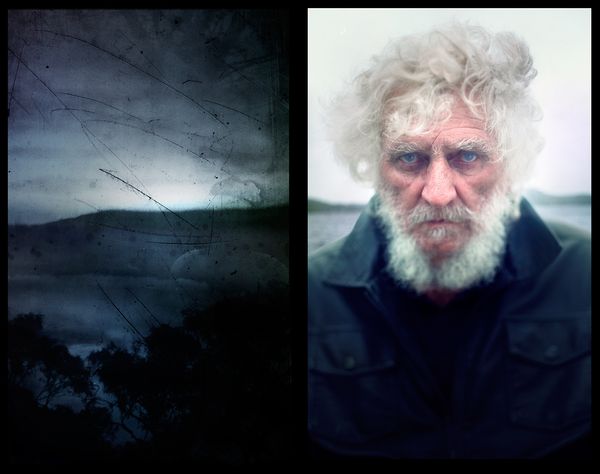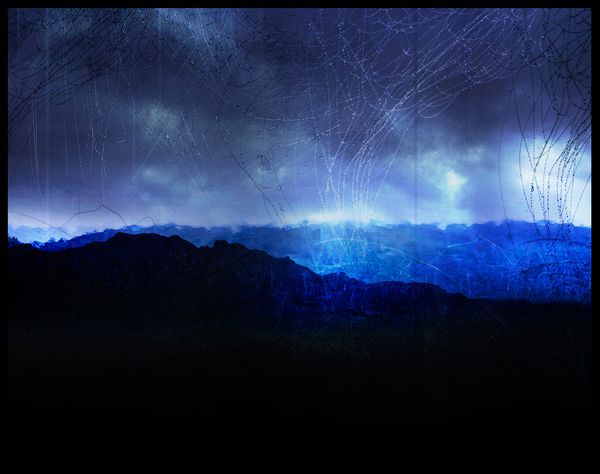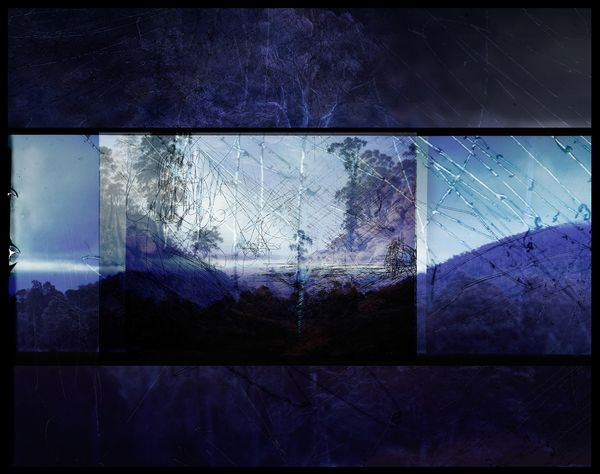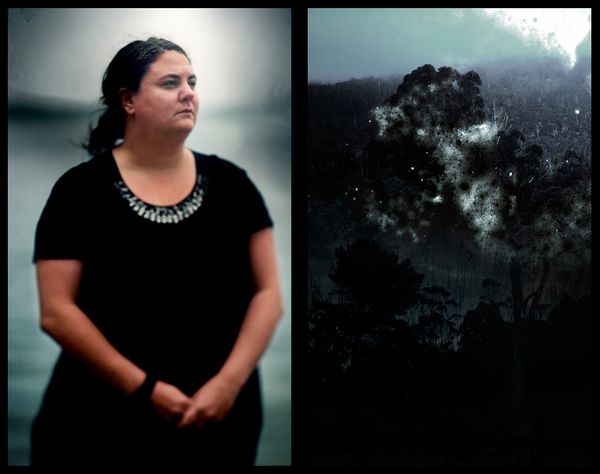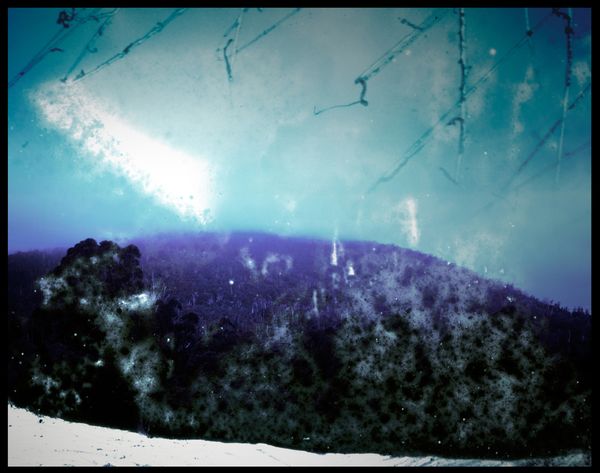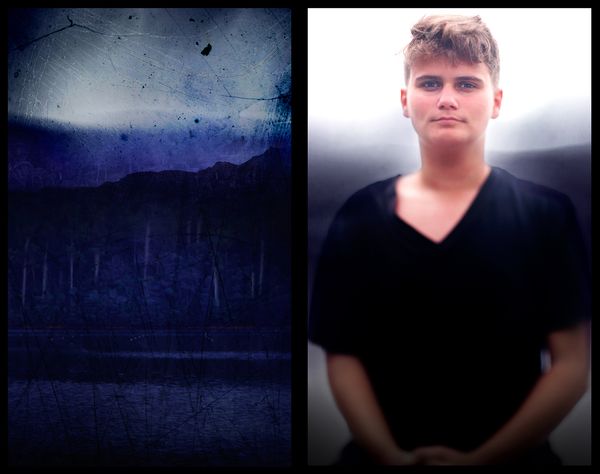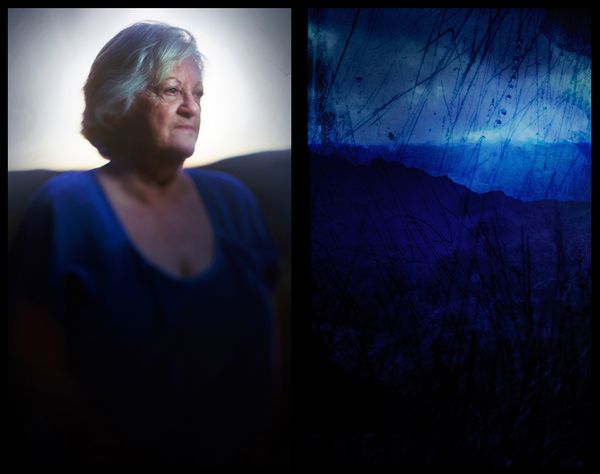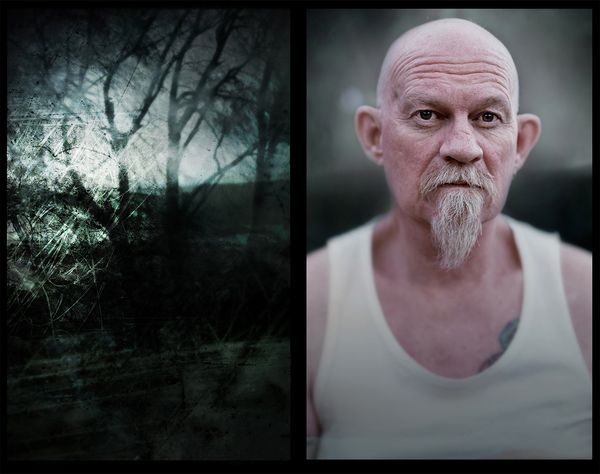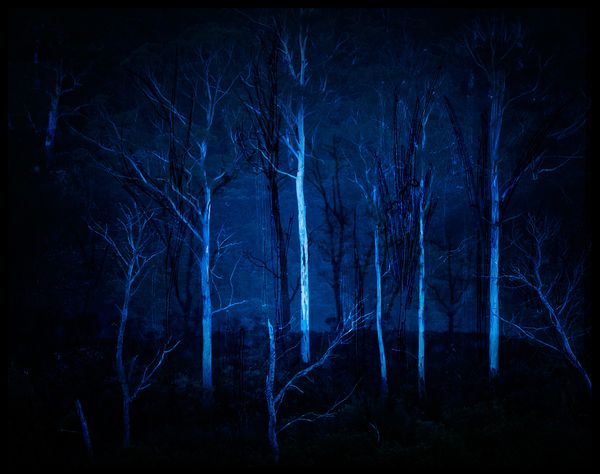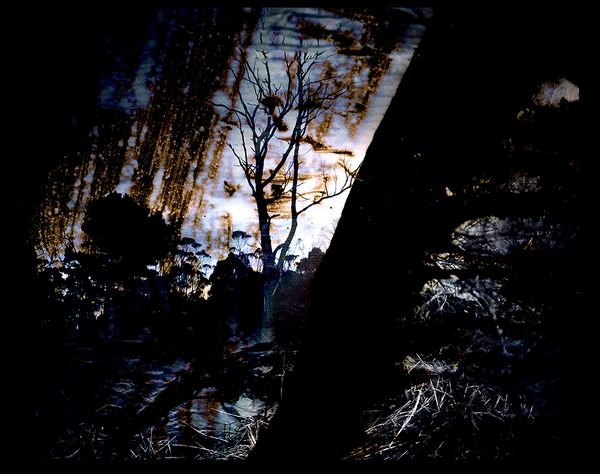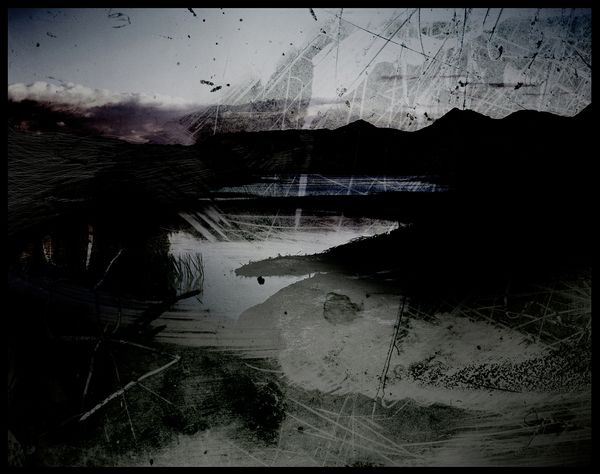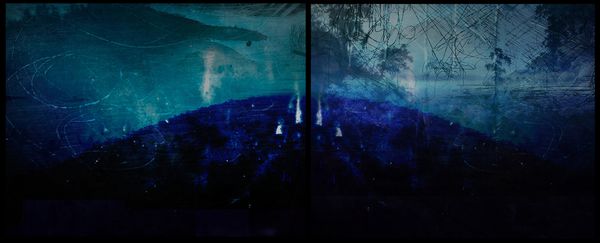No Blood Stained the Wattle
-
Dates2016 - 2017
-
Author
- Location Australia, Australia
-
Recognition
This photographic work uses the violent conflicts and massacres of Tasmania's colonisation to reflect on the mythical telling of Australian colonial history.
Tasmania was occupied for an estimated 40,000 years by the Tasmanian Aborigines. This exclusive habitation of the land came to a conclusion with the British invasion in 1803 when their societies were irrevocably shattered by the conflicts of the frontiers. These conflicts and the eventual Black War which ensued was a small guerrilla war but of massive proportions for both sides of the conflict with the death per capita for Aboriginals and First Settlers alike higher than in any other war in the history of Australia (even those fought abroad). Within thirty years of British invasion the Tasmanian Indigenous population was almost obliterated.
This photographic series focuses on the little known massacre sites throughout Tasmania to examine the notion of deliberate historical forgetting. The work acknowledges the violence which occurred and uses portraits of Tasmanian Aboriginals whose bloodlines stretch back to the time of the conflict, to reflect on memory, national denial and loss.
The telling of Colonial history throughout Australia has told of the merit and progress of the New Settlers, who were explorers and pioneers in a new country, amid an unfriendly, harsh and hostile landscape. This narrative told of the supposed greatness of the white man in conquering a vast and untamed land and focused on progress and modernity. Throughout this dialogue the voice of Tasmanian Aborigines was silenced and the violence of the frontiers largely ignored. This mythical narrative served to reinforce stereotypes of the Aboriginal people, and was fundamental in creating a nation state which justified the actions of the past. This narrative denied the history of the original occupants of the land, created a distorted perspective of historical events, and was fundamental in creating a falsified collective memory.
Portraits of Indigenous Tasmanians throughout the series show attachment to place and belonging. The portraits and stories of Indigenous Tasmanians comment on the unalterable trajectory of bloodlines and aim to dispel the mythological understanding of ‘The Last Aborigine’. The portraits reflect on the importance of ancestry, culture and human attachment to land.
The images are photographed using a large format camera and film. The physical photographic films are painted with ochre and then scratched with various tools found in Tasmania to uncover diverse truths and perspectives of the past. Some images are over-laid with landscape paintings from the artist John Glover, who painted idyllic scenes of Tasmania at the same point in history, to show the hypocrisy of a nation's collective memory.
Through the overlaying, scratching and re-working these images reflect the distortion and silencing of the past, and by the constant degradation of the painted ochre on the surface of the film, which is continually changing and evolving, reflect our own evolving understanding of history.
